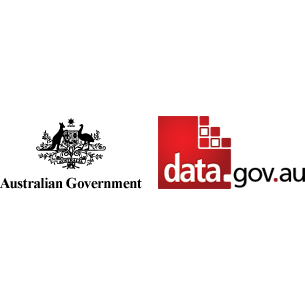Brief description
The real value of world agrifood demand is projected to increase by 77 per cent between 2007 and 2050, with most of this increase occurring in Asia. Beef is one commodity where there could be a significant increase in demand, with rising incomes in Asia leading to an increase in demand for higher protein foods, including meat and dairy products.This study describes Australia's beef supply chains, the industry's reliance on economic infrastructure, and how this infrastructure influences the competitiveness of the Australian beef industry.
While the main constraints appear to be in the road transport sector, the report also identifies telecommunications infrastructure as a potential constraint, with some stakeholders raising concerns about patchy mobile phone coverage and unreliable satellite internet access.
The causes of inefficiencies in road transport are considered, and possible options for addressing them, such as user-pays models, are examined. Further research into the practical effects of introducing such systems is required to better understand the benefits and costs across users.
Collecting data on road use, condition and maintenance costs is a useful first step in addressing inefficiency into road funding allocation systems. Even without road pricing reform, such data can help increase efficiency by guiding funding to better reflect where road use and damage occur.
Full description
Australia's beef supply chains : Infrastructure issues and implications - KeyDocument 01 \r\n ABARES research report 15.7Australia's beef supply chains : Infrastructure issues and implications - KeyDocument 02 \r\n ABARES research report 15.7
Authoritative descriptive metadata for: Australia's beef supply chains : Infrastructure issues and implications - Metadata in ISO 19139 format\r\n
text: Austrulia
Subjects
AGRICULTURE |
AGRICULTURE Livestock |
Farming |
HUMAN ENVIRONMENT Structure and Facilities |
INDUSTRY Primary |
TRANSPORTATION |
beef |
infrastructure |
meat processing |
rail |
road |
road pricing |
User Contributed Tags
Login to tag this record with meaningful keywords to make it easier to discover
Identifiers
- Local : pb_abscid9aaw_20151014
- URI : data.gov.au/data/dataset/e95d62dc-1a00-4400-b9cd-770c5be0cb4d



